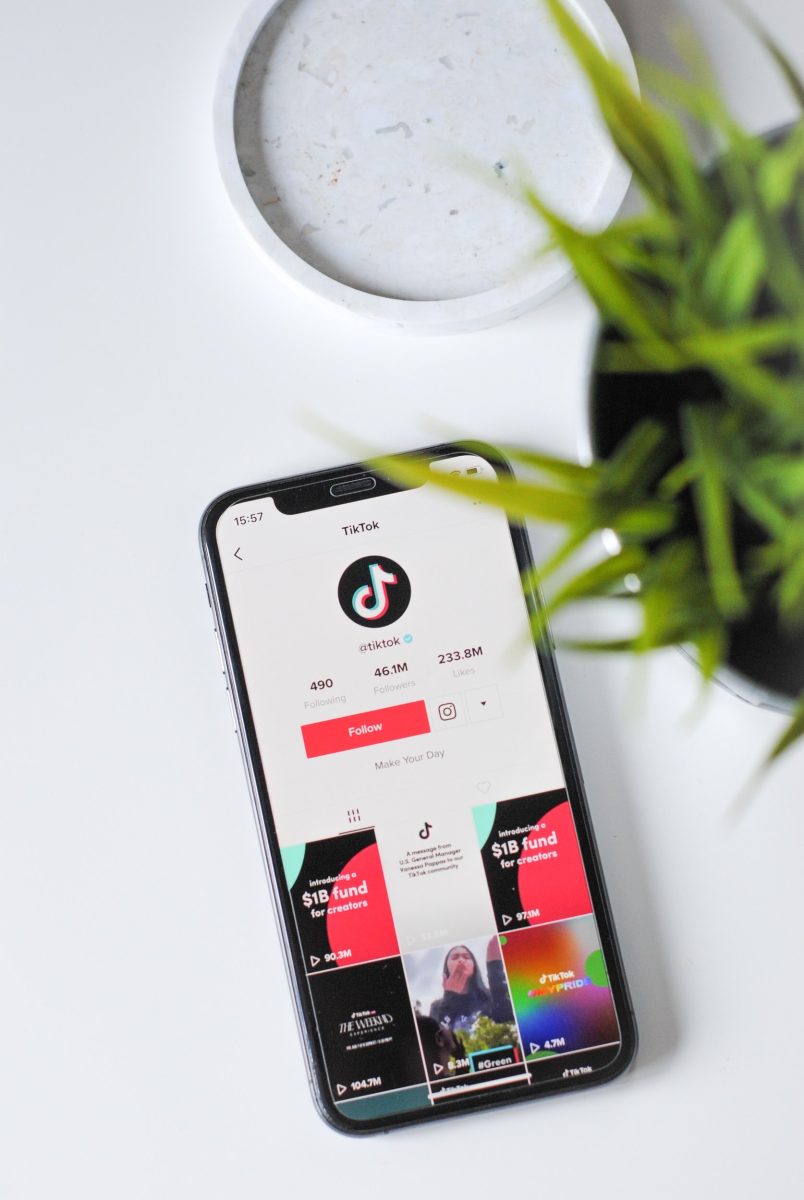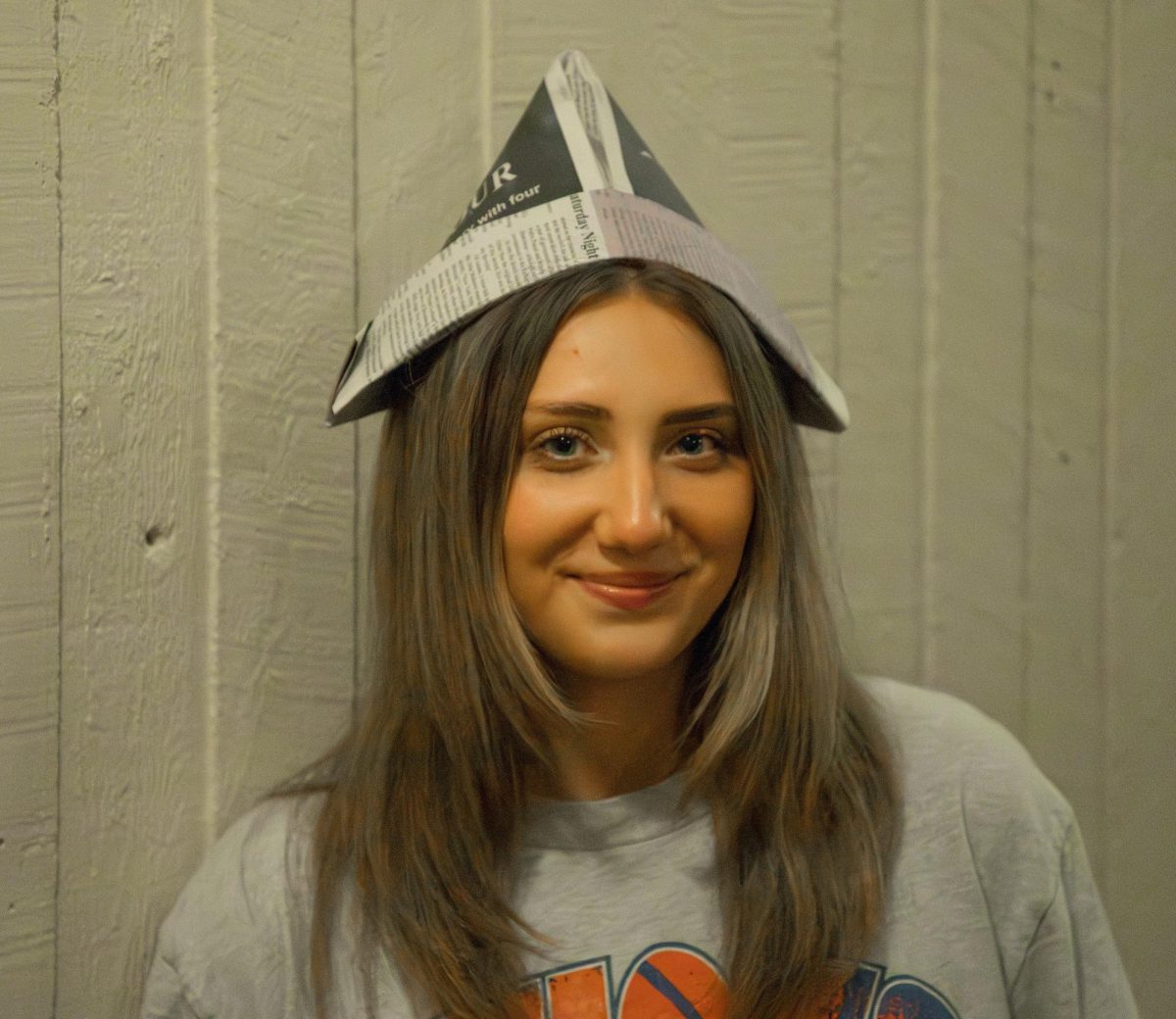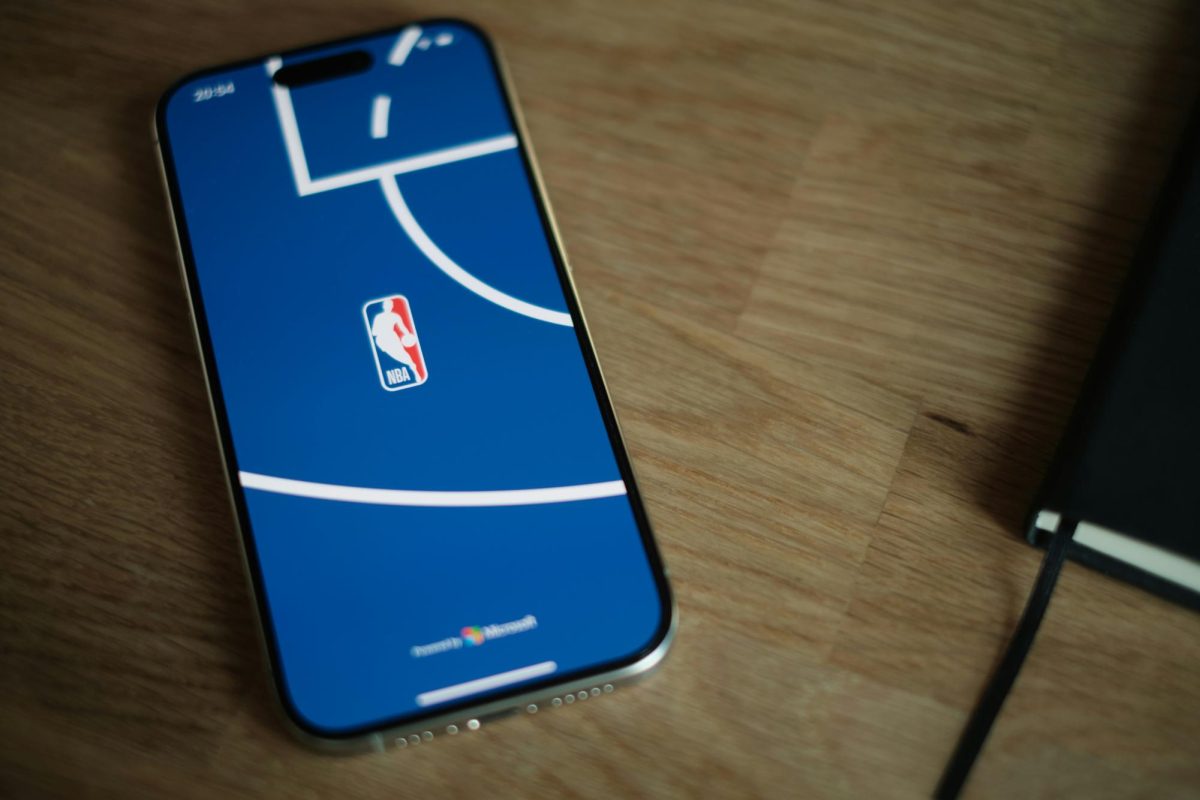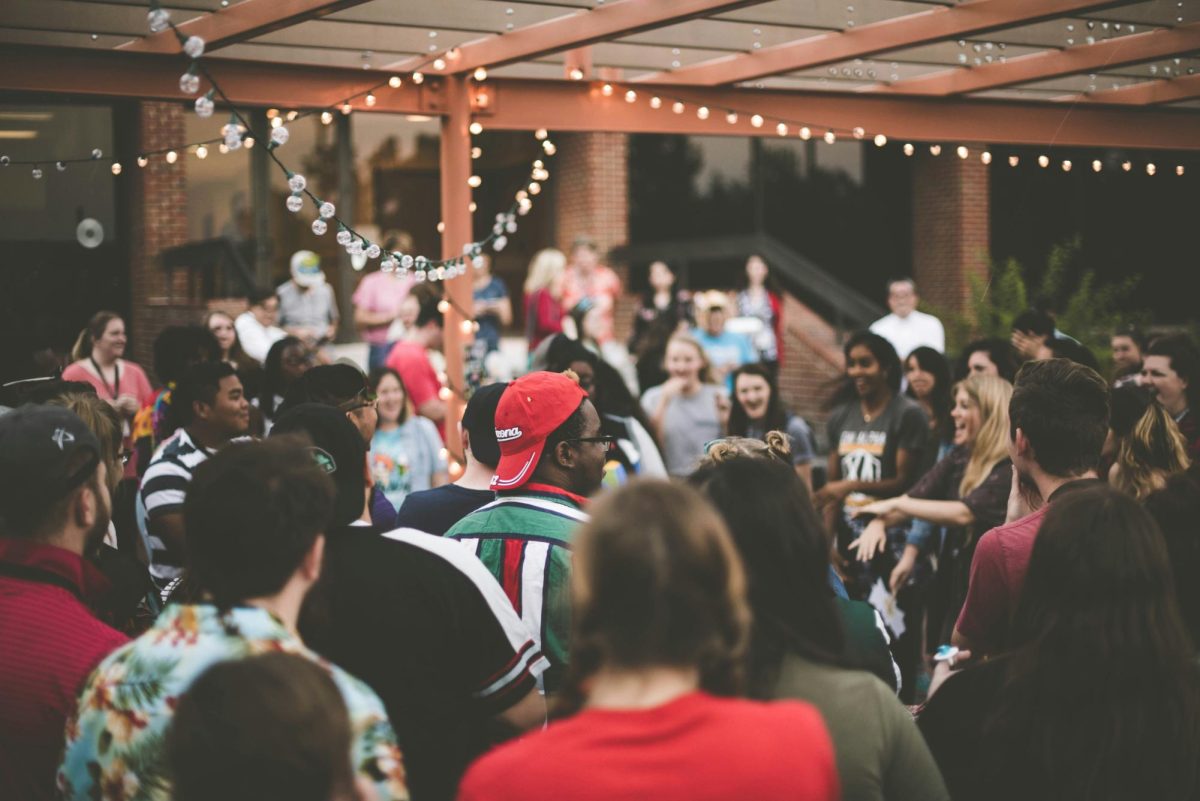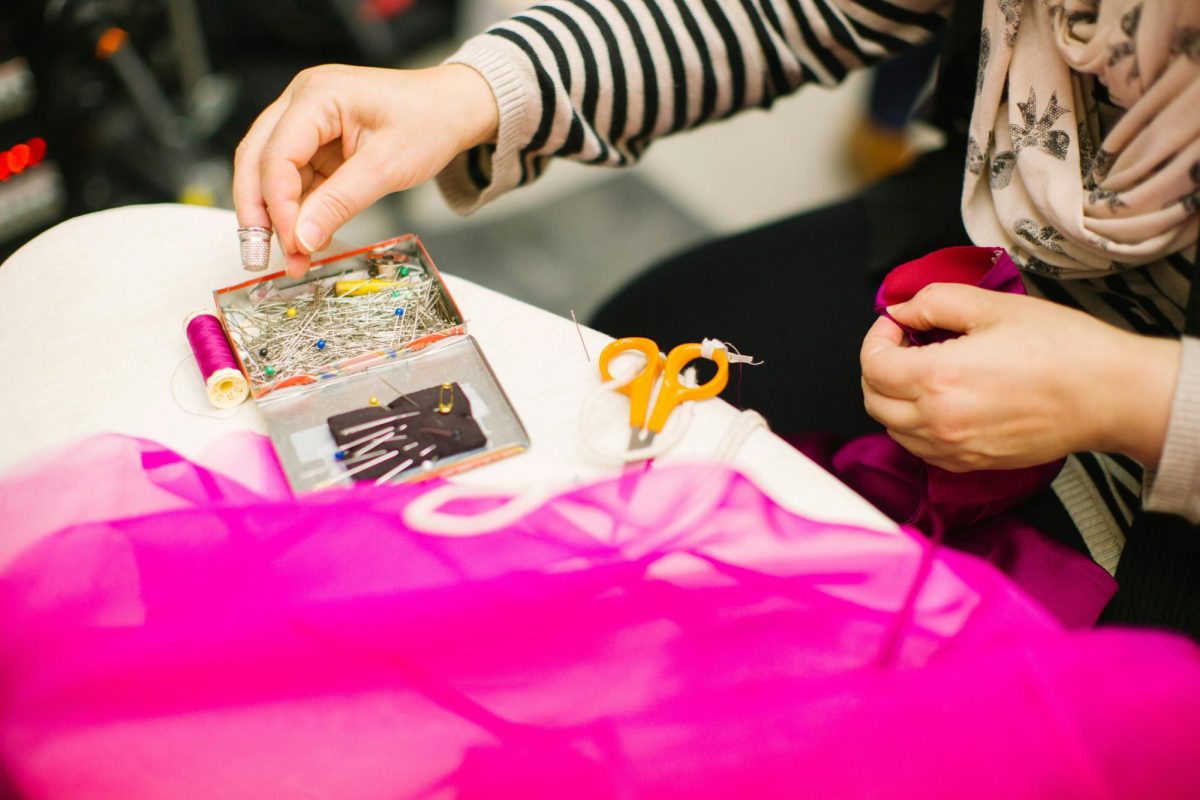The rage of joining TikTok has permeated my personal friend circle, and friends ask me to join the app on a daily basis. I always ask them the same question: Why? Why is it so imperative that I “get on TikTok?” In response, I’ve received everything from the ostensibly logical, “You’d love it as a film major – it’s all about video editing!” to the less thought-out but probably more truthful, “I don’t know, some of the posts are funny.” However, the response I’ve heard the most is that “they’re all made by people our age.” TikTok presents itself as a social media site where teenagers and young adults can find kindred spirits, where anyone can go viral if they’re creative enough. Their slogan, “It Starts on TikTok,” evokes the images of grassroots movements and humble beginnings. It’s not about production value; it’s about real people telling real stories – or so they say.
Although the widespread claim is that there is a side of TikTok for every niche, all of the sides look remarkably similar. Everywhere you look there are conventionally attractive blond and brunette people dancing provocative choreography, life hacks that lack enough self-awareness to border on parody and overly contrived pranks that require any and all disbelief to be suspended in order to find them amusing. From a marketing perspective, it’s brilliant. TikTok has gathered the types of posts which have previously fared well on their competitors’ platforms and repackaged them as new content. The reason these types of video are so successful is because they are easily made, which encourages viewers of all backgrounds and abilities to replicate them. Because anyone can create them, each user feels that they have the same opportunity to be seen and heard as anyone else. Unfortunately, this feeling is not the reality. A little less than a year ago now, internal documents from ByteDance – the makers of TikTok – were leaked that revealed that moderators were instructed to hide videos that feature people with an “abnormal body shape,” “ugly facial looks” or a “shabby and dilapidated” background. In non-corporate words, TikTok suppresses videos from anyone who does not fit the mold of what society deems attractive – i.e. anyone who does not adhere to Eurocentric beauty standards. What is the result of this, other than a field day for class-action lawyers? Boring and repetitive content.
Now, this isn’t to say that there aren’t creative people on the platform. However, creators sacrifice their craft in order to prioritize their image – specifically an attractive, affluent one – to stay relevant on the app. In order to elevate their status, influencers are encouraged to work with others who have similar images so they’re more easily marketable. Successful TikTok creators are by and large conventionally attractive, white teenagers who manage to straddle the seemingly thin line between being an average teen and a celebrity who produces videos and music that do more to promote corporate sponsor interests than to showcase their talent. In essence, TikTok has brought back the era of the boyband, stagnating pop culture as a result. Instead of watching and engaging with independent creators who make valuable and thought-provoking entertainment, we are watching over-produced content that desperately tries to hide that it wasn’t shot on a whim with a three-generation old iPhone. The reason corporations are on TikTok and regularly partner with influencers is that they too see the platform’s ability to promote easily consumable, tailored content that garners immediate feedback. Instead of passively consuming this content that gets pushed onto our “For You Page,” we need to seek out the kinds of TikToks that we believe are truly creative; the sponsors will follow. The truth is that TikTok has the potential to be so much more, but that potential isn’t being used.


